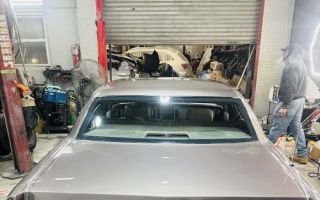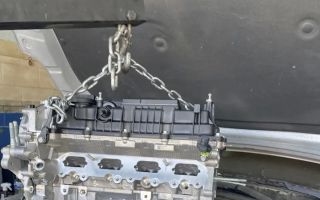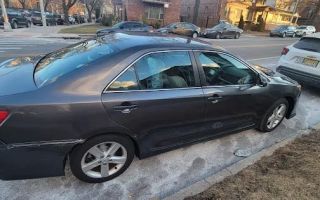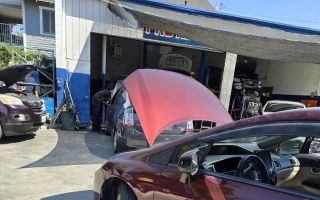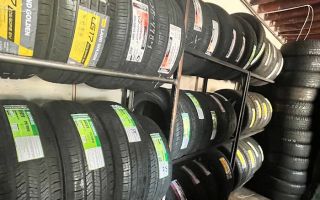How to Diagnose and Fix Engine Misfires in Your Car
Published on Mar 24, 2025Auto Repair Shops Near Me
Recommended

When a Check-Engine Code Means Trouble — What Codes to Worry About Immediately
Learn when a check-engine code means trouble, which engine codes require immediate attention, real breakdown stories, and expert advice on when to stop driving and call for help.
Dec 07, 2025
How Weight and Load Affect Fuel Efficiency and Maintenance Needs
Learn how weight and load affect your car's fuel efficiency and maintenance needs. Explore what many drivers overlook and how to improve both fuel economy and vehicle longevity.
Dec 07, 2025
How to Maintain CV Joints and Axles to Prevent Clicking, Shuddering, or Grease Leaks
Learn how to maintain CV joints and axles to prevent clicking, shuddering, and grease leak issues. Includes real examples, expert tips, and guidance from Rescue & Towing.
Dec 06, 2025
How to Prepare for Unexpected Repair Costs — Budgeting, Emergency Fund & Prioritization Tips
Learn how to prepare for unexpected repair costs. Discover budgeting strategies, building an emergency fund, and prioritizing repairs to stay financially prepared.
Dec 05, 2025
How to Diagnose Strange Vibrations While Driving — Wheel, Suspension, Brake or Drivetrain Issues
Learn how to diagnose strange vibrations while driving and what they could mean. Understand common causes like wheel, suspension, brake, or drivetrain issues with expert advice.
Dec 05, 2025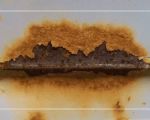
How to Check for Rust Before It Spreads — Early Detection & Prevention
Learn how to check for rust before it spreads using early detection techniques and practical prevention methods. Includes real examples and expert guidance.
Dec 04, 2025Related Categories
Popular

Emergency Vehicle Towing Guide for Miami: What You Need to Know
Jan 24, 2025
The Best All-Season Tires for Your Car in 2025: Top Picks for Every Driver
Mar 07, 2025
How Towing Services Can Help with Engine Overheating: Immediate Assistance When Your Engine Runs Hot
Jan 24, 2025
How to Safely Use Towing Services for Vehicles with Dead Batteries
Jan 24, 2025
Comprehensive Guide to Roadside Emergency Services: Towing, Car Rescue, and More
Feb 24, 2025
Flatbed Towing vs. Traditional Towing in Chicago: Which is Right for Your Vehicle?
Jan 22, 2025
Reliable Towing for Electric Vehicles in Madison: Your Trusted Roadside Assistance
Jan 24, 2025
What to Do After an Accident in San Francisco: A Step-by-Step Guide
Jan 22, 2025
Why You Should Always Carry Roadside Assistance Coverage: The Key Benefits and Importance
Jan 24, 2025



